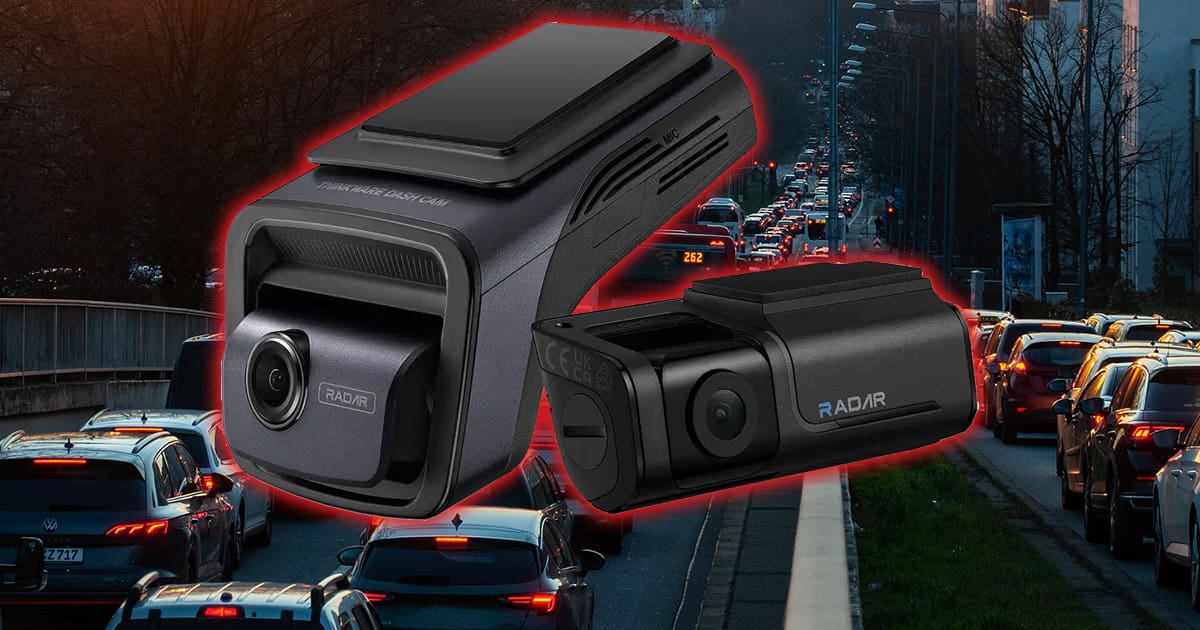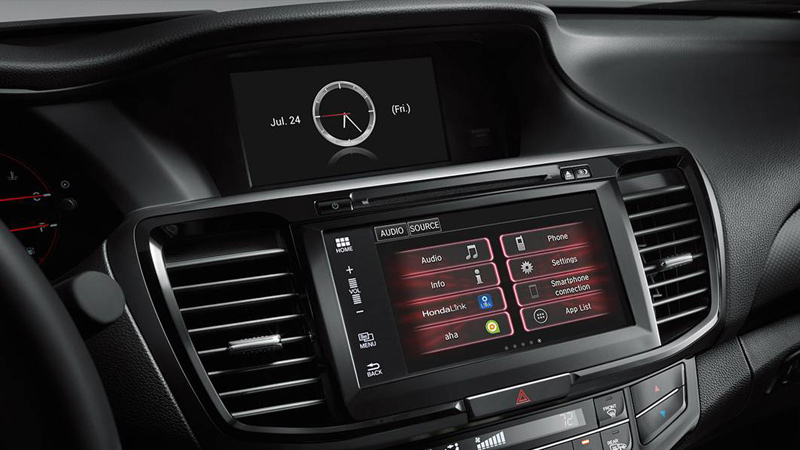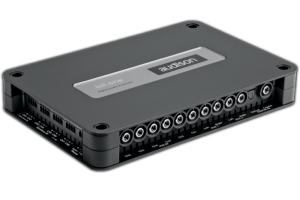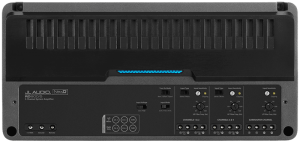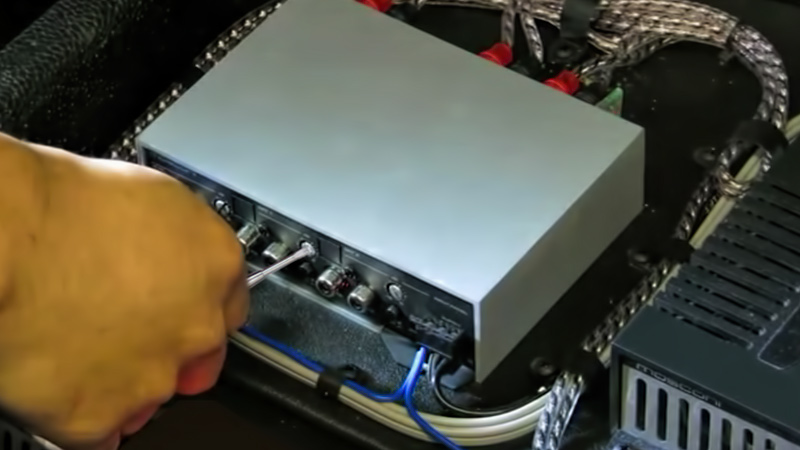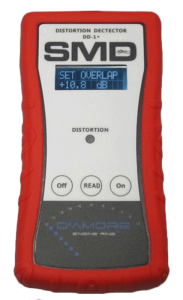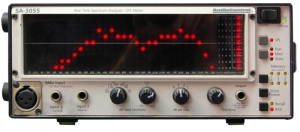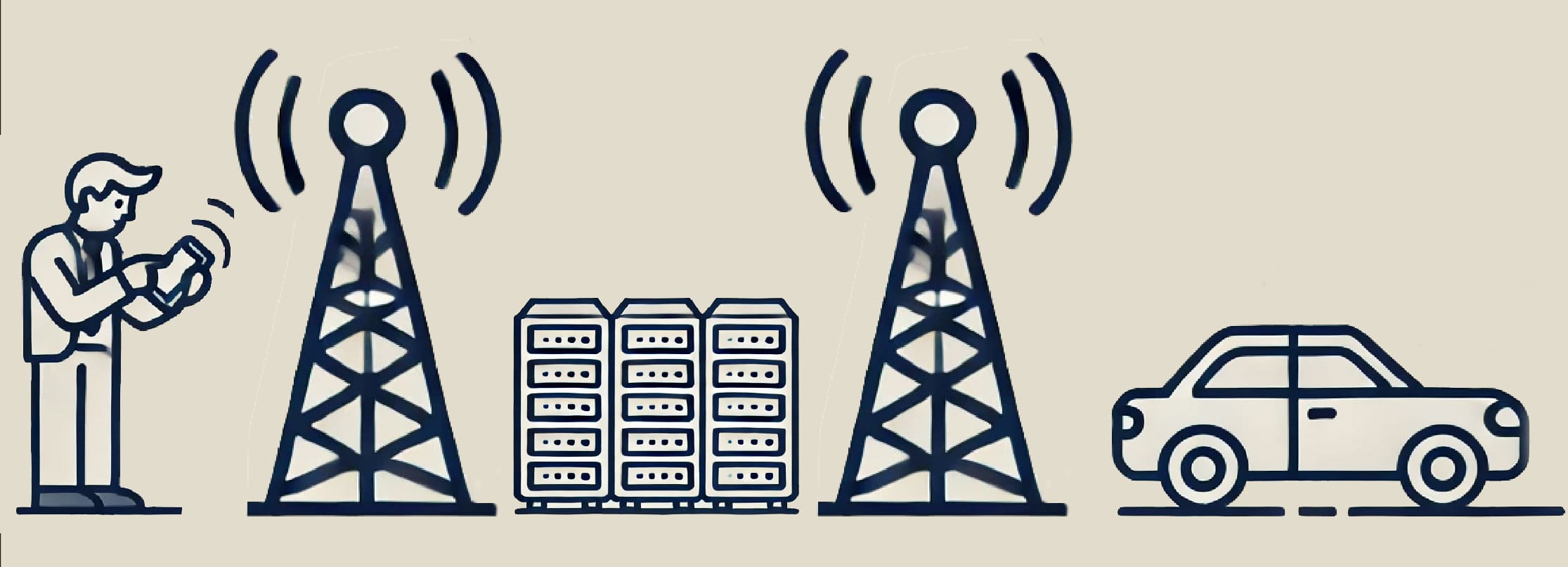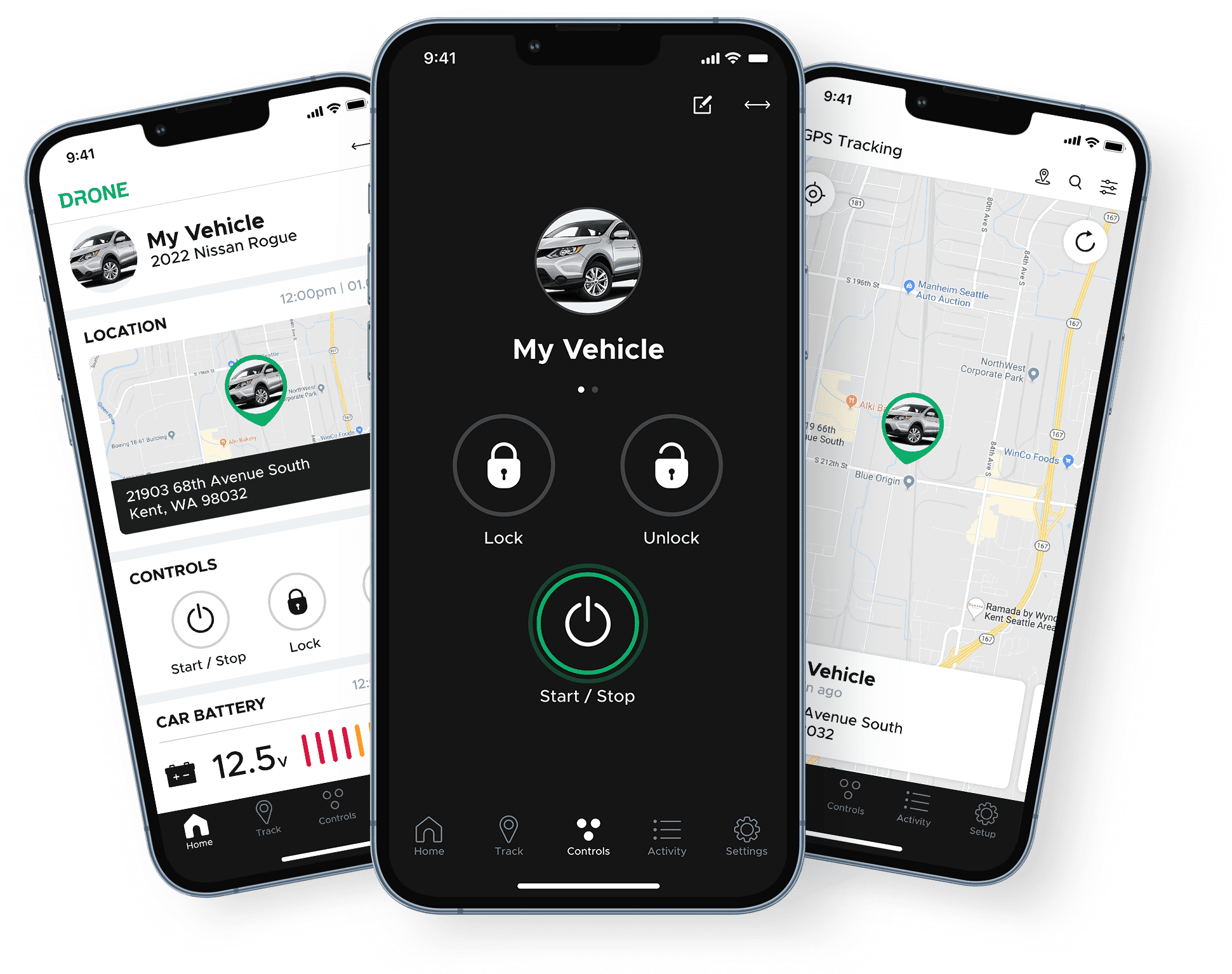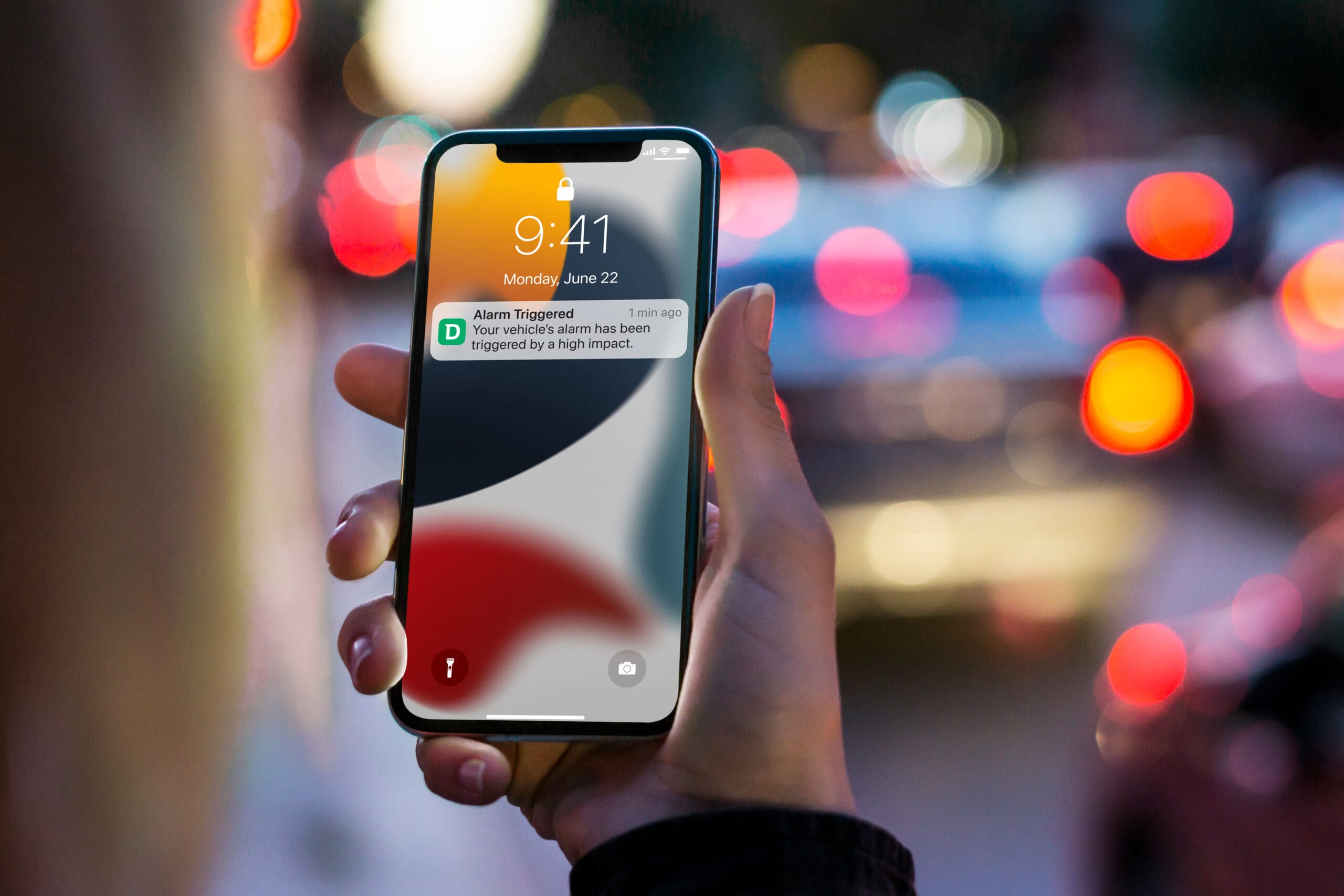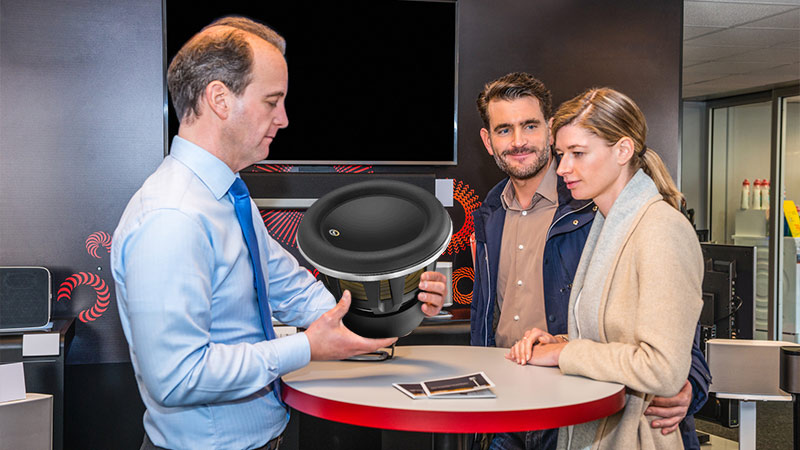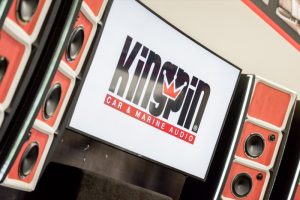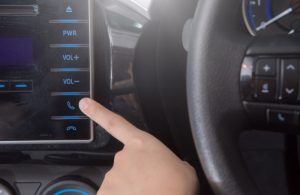It’s no exaggeration to say there are hundreds of dash cams on the market. Many are budget models plagued by low-resolution sensors, excessive image compression, and contrast issues. Others offer upgraded optics but still lack state-of-the-art convenience features. However, leading the way in surveillance technologies are dash cams like the Thinkware U3000. Equipped with a Sony image sensor, radar-based parking mode, and Wi-Fi connectivity, this dash cam offers nearly everything you could ask for. Let’s dive in.
Thinkware U3000 Image Sensors
Image quality is paramount when purchasing a dash cam. Clarity and detail largely depend on the choice of image sensor and its resolution. However, data compression settings also play a crucial role in capturing vital information, such as a license plate. The U3000 features a 4K UHD front-facing Sony IMX678 Exmor R Starvis 2 image sensor with a 152-degree lens. With 3840 by 2106 pixels, it captures impressively subtle details.
The most popular U3000 package includes the U3000R rear-facing camera and a cable. The rear camera uses an IMX335 Exmor R Starvis 2K QHD image sensor with a 128-degree lens angle. Although this sensor is higher in quality than most forward-facing sensors on the market, it doesn’t offer the same low-light capabilities as the Starvis 2.

Speaking of night recording, Thinkware’s Super Night Vision 4.0 technology reduces sensor noise at high gain levels, allowing for brighter, sharper images after sunset. Capturing clear images in low-light conditions is essential for comprehensive protection.
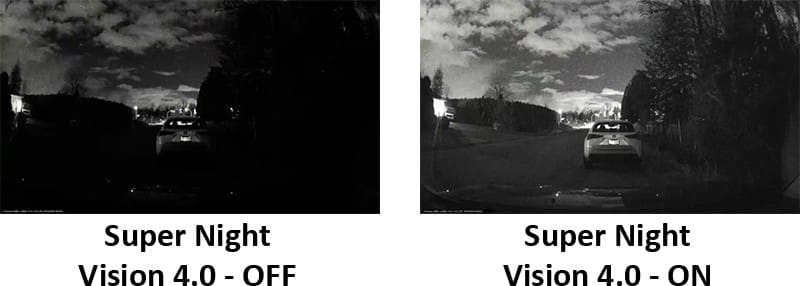
In addition, Thinkware includes a circular polarizing filter to reduce glare during the day, further enhancing image quality and clarity.
Compact Chassis Design
The U3000’s chassis was designed for discretion. The image sensor mounting position allows the electronics to fit neatly into the space typically blocked by the sun visor at the top of the windshield. Four buttons across the body’s center control manual emergency recording, power down the camera, activate the dash cam’s Wi-Fi connectivity, and toggle audio recording mode on and off. To clarify, the camera begins recording automatically when you start your vehicle, so you never have to worry about forgetting to turn it on. The power button is simply an option to turn the system off, if desired.
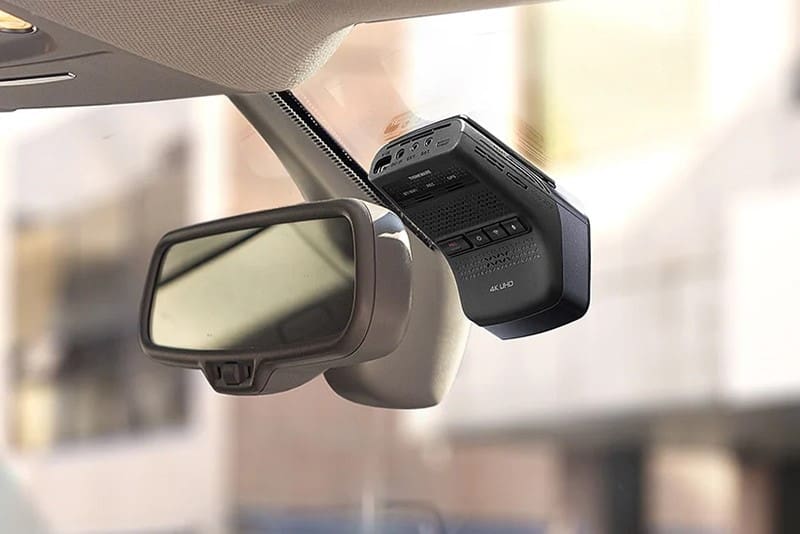
All electrical and peripheral connections are located along the rear edge of the chassis, near the top of your windshield. This design reduces clutter and ensures a clean installation. The most popular camera kit includes Thinkware’s OBD II power cable. However, some retailers may use the dealer-exclusive hardwire kit for integration into the vehicle. Both cables automatically enable parking mode when the vehicle ignition is turned off.
Adding an external battery pack like the Thinkware iVolt Mini or iVolt Xtra is a popular upgrade. These packs prevent the main vehicle battery from heavy discharge if the vehicle isn’t driven for a few days, thereby extending battery life.
Thinkware also includes a piece of heat-blocking film and a second piece of two-sided adhesive. The film is ideal for hot climates like Florida or Texas, where interior temperatures can easily exceed 140 degrees. It also simplifies removing the camera if you decide to purchase a new vehicle.
Radar Parking Mode
One of the U3000’s most important features is its radar-based parking mode. Parking mode allows the U3000 to continue monitoring the area around the vehicle after you’re parked. Historically, cameras would monitor the image sensor’s signal and store recordings when motion was detected. This feature, however, consumes a noticeable amount of power from the vehicle’s electrical system.
Uniquely, the kit’s front and rear cameras include radar transceivers. If someone approaches behind to steal your license plate, you’ll have it on video.
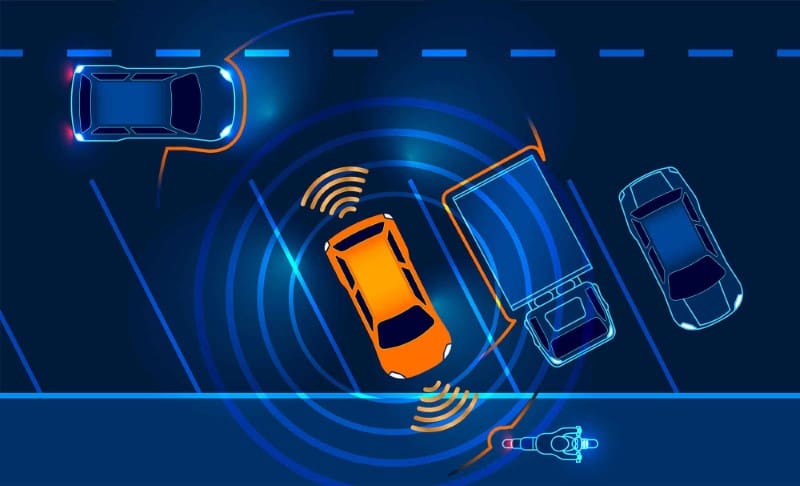
Thinkware’s radar-based monitoring solution consumes just a fraction of the energy compared to video monitoring. This allows the camera to monitor the area around your vehicle for days rather than hours. When it detects someone or something nearby, it records a 20-second video. You can fine-tune the radar detection range to suit your parking location.
The U3000 features a built-in supercapacitor. This energy storage solution ensures that recorded video files are saved and closed correctly when power is removed from the camera. In the unlikely event of a severe accident, having a small onboard power source greatly increases the likelihood of retaining evidence compared to a low-cost dash cam.
Video Storage
The popular U3000-2CH kit includes a 64 GB microSD memory card, though the camera supports cards up to 256 GB. Data storage bitrates are selectable between 24 and 30 Mbps. Less compression results in a clearer image and more detail. Best of all, videos are encoded using the MPEG H.265 codec, which offers impressive file compression without significant detail loss.
Connectivity Features
The U3000 supports 2.4 GHz and 5 GHz Wi-Fi connectivity, allowing you to download video files to your smartphone via the Thinkware Dash Cam Link App. Once connected, you can adjust menu settings and view camera images in real-time.

The Thinkware Connected App provides a suite of remote monitoring solutions. From viewing what the dash cam sees to receiving alerts from the built-in impact or radar sensors, it’s like being in the car. You can even access an image from when you last parked the vehicle. If you’ve ever lost track of your car after a day of shopping, this is a huge time-saver and stress reducer. By connecting your U3000 to the Internet using a vehicle or mobile hotspot, you maintain complete control.

ADAS Features
The U3000 offers a full suite of Advanced Driver Assist Systems (ADAS), similar to those found in lane-keeping assist and even self-driving cars. Lane Departure Warning (LDWS), Forward Collision Warning (FCWS), Front Vehicle Departure Warning (FVDW), and Rear Collision Warning (RCWS) are all included. These systems act as a computerized copilot, monitoring what other vehicles are doing around yours. Unlike many other dash cams, the U3000 uses the rear camera’s monitoring capabilities for these features. You can fine-tune which systems you want to activate and at what speed they are enabled via the smartphone apps.
The system supports both GPS and GLONASS global navigation systems. Location and vehicle speed information is stored along with the video. When you play back videos using the PC/MAC viewer software, the vehicle’s location is displayed on a map on the right side of the screen.
Class-Leading Dash Cam Technology
If you’re in the market for the best dash cam to protect your pride and joy, visit a local authorized Thinkware retailer and ask about the U3000. For more information about Thinkware products, visit their website. You can learn more about the U3000 and other impressive products they offer by following them on Facebook, Instagram, TikTok, and of course, YouTube.
This article is written and produced by the team at www.BestCarAudio.com. Reproduction or use of any kind is prohibited without the express written permission of 1sixty8 media.
